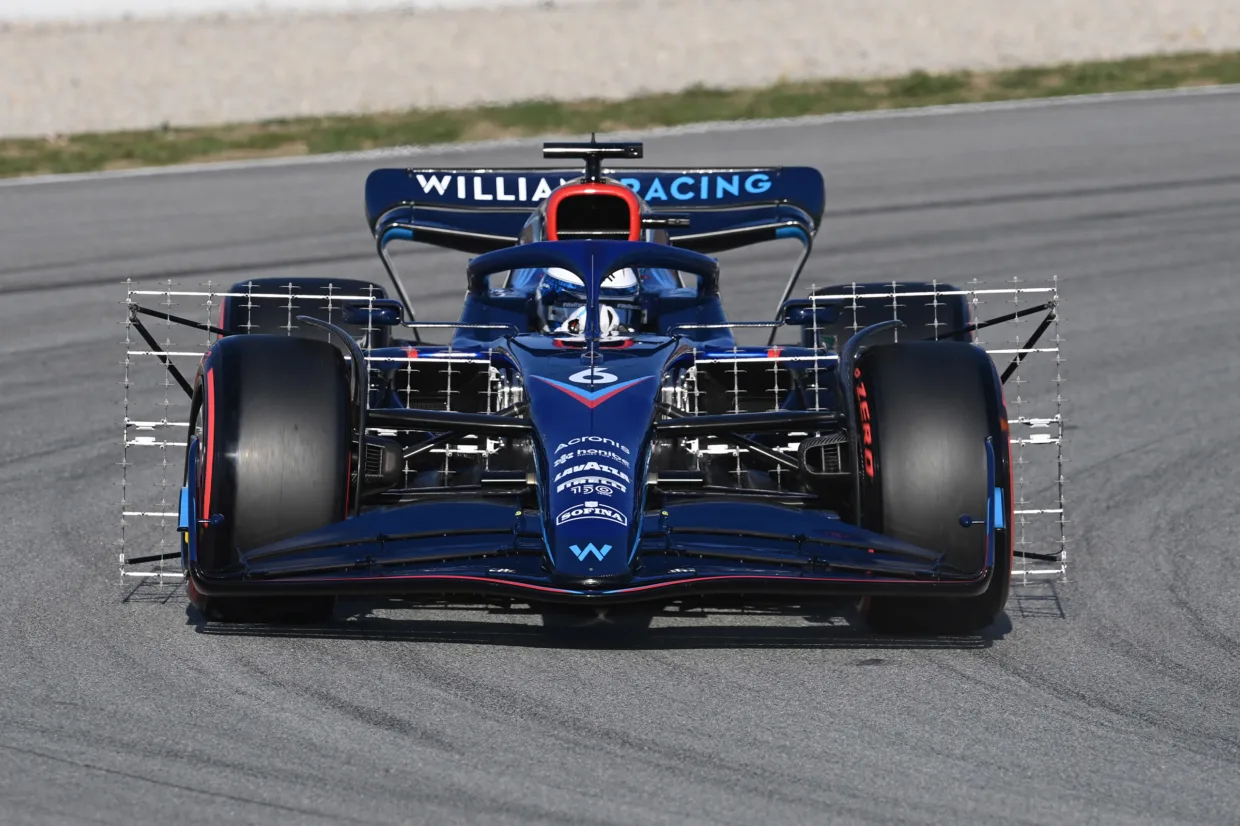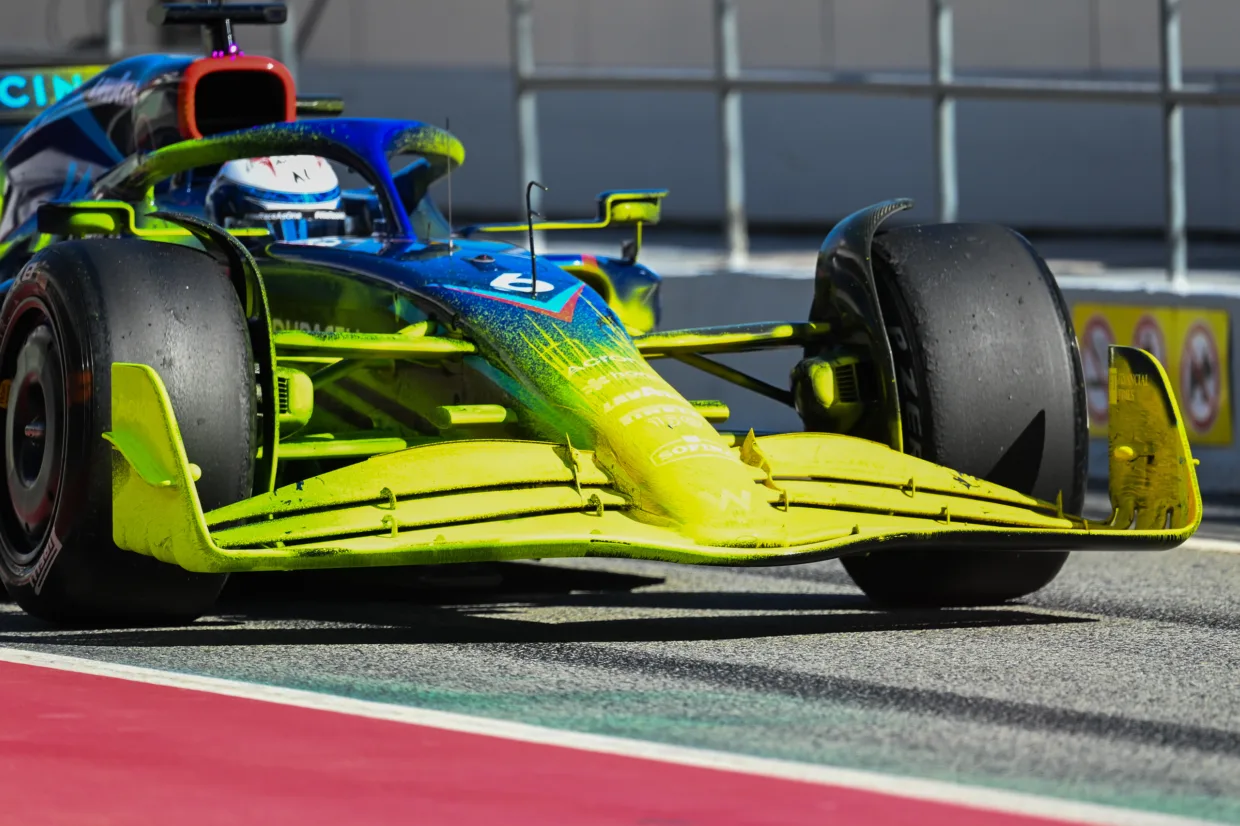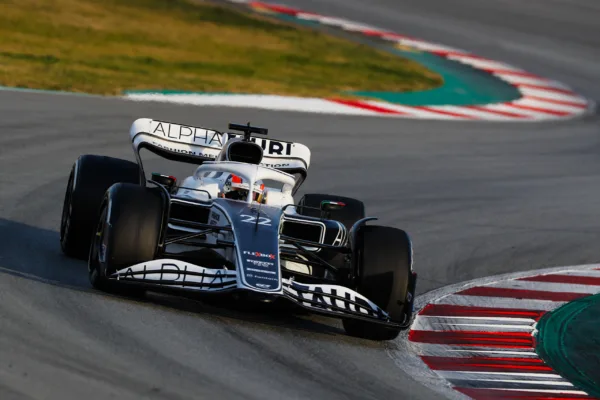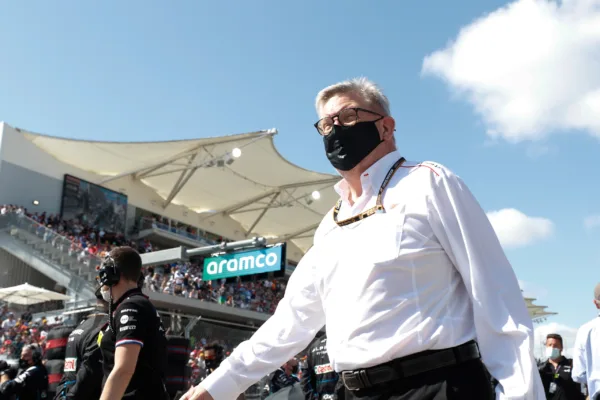If you've been watching any pre-season running in Barcelona or seen a practice session in Formula 1®, you may have seen aero rakes or 'flow-vis' paint the cars at different stages.
There is an excellent reason why cars apply these tools, and it all has to do with aerodynamics. Simply put, the teams want to see if there is a correlation between their simulation data and what is happening in real life.
If the data matches, they know their development environment is good and can be a great place to develop the car further. If the data doesn't match, the teams know their development environment doesn't match reality. In the case of a mismatch, teams have a problem as they need to figure out where the error is coming from before further development.
Ex-Williams and Ferrari engineer Rob Smedley told Formula1.com what happens when there is a mismatch in data: "It's just a lot of hard work because what happens at that point is that, instead of pouring time into development and putting lap time into the car, you're putting all of your engineering skill and talent into understanding where this correlation mismatch is coming from."

What are aero rakes?
An aero(dynamic) rake is a series of 'pitot tubes', which are sensors designed to measure off-body flow structures.
By measuring the dynamic pressure, they can then paint a picture of the flow structures that are coming off things like the front wing and the front wheels.
Then further downstream, you're interested in what's coming off the turning vanes.
The flow and vortex structures coming off various parts of the car send information back to the aerodynamics team, who then use the data to optimise the car further.

What is flow-vis paint?
Flow-vis paint is a fluorescent powder mixed with light oil – usually paraffin. It is then applied to the car, and when the car is moving at speed around corners, the paint dries, allowing teams to visualise the flow structures.
"When we then analyse that, we're usually looking for things like separation, as in where the flow's separating and we're not getting decent flow structures across the surfaces of the car," Smedley said.
"That can then tell the aerodynamicists a lot about what's going on upstream of that, and hopefully that helps them to rectify certain problems on the car."




